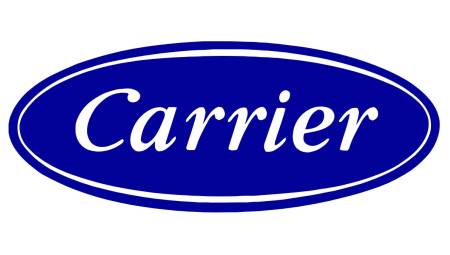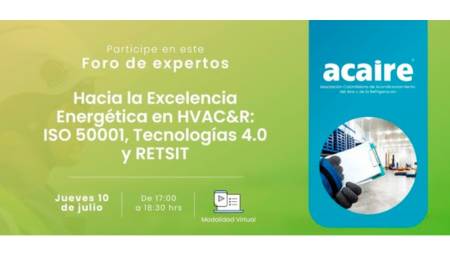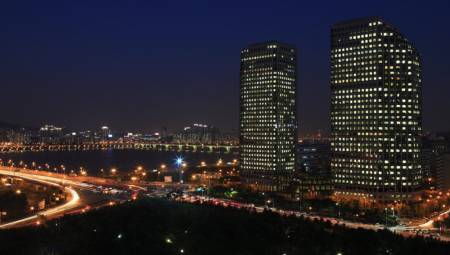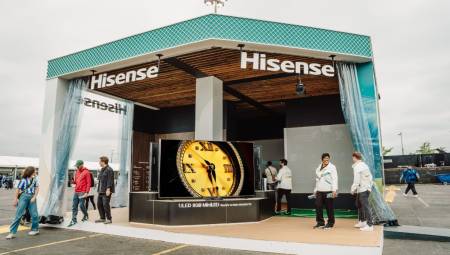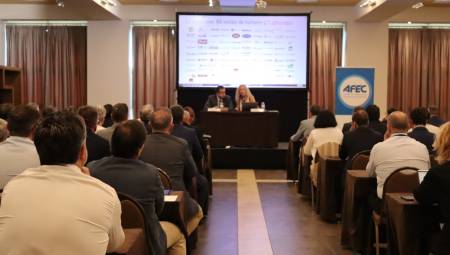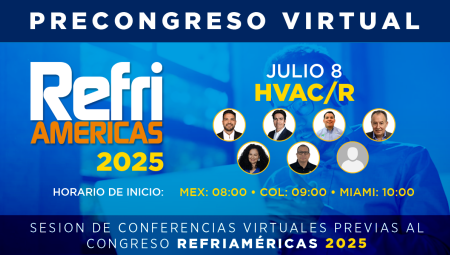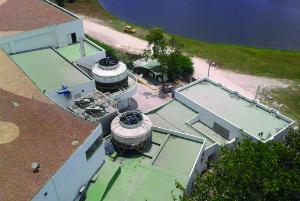 It is important to keep in mind all the technical details that integrally work within an air conditioning project, which will ensure the success of the design and its performance.
by Camilo Botero*
It is important to keep in mind all the technical details that integrally work within an air conditioning project, which will ensure the success of the design and its performance.
by Camilo Botero*
The holistic vision of an air conditioning system means considering it comprehensively in all its aspects. The word comes from the Greek: Holos which means "everything". Therefore, from now on, when we undertake a construction project that involves in turn an air conditioning project, that is, to achieve a certain climate inside an environment to which temperature and relative humidity characteristics have been defined, with their respective tolerance, we must focus on all its aspects while still considering any.
Until now, even though it has been increasingly integrated into the macro project, designs, assemblies, operation and maintenance were done in a very focused way on the principles and technologies related to psychrometry, thermal load calculation, fluid mechanics, heat transfer, control, etc., using local climate data or properties of construction materials, but forgetting the holistic view on which I intend to draw attention in this column.
Architecture
For some years now, there has been an unproductive rivalry between the ecological engineer and the bioclimatic architect, which causes controversy and wrong decisions regarding the project side by side. On the part of the engineers it is given for not integrating deeply into the architectural concept of the project and on the part of the architects for not knowing the fundamentals of thermodynamics.
This discussion must be concluded and take advantage of each point of view for the benefit of the project, people, processes, the rational use of energy and care for the environment. There is an almost total lack of conductivity data and global autochthonous heat transfer coefficients.
Climate
This factor is decisive in the architecture and of course in the intention to achieve appropriate conditions of human comfort and / or processes that require air conditioning. We must have in each country and in each region accurate data of the climate, hour by hour and for the whole year, since in most Latin American countries they do not have or are not adequately presented for the calculations of the thermal load. With solar radiation being a decisive and often misunderstood factor in defining the architecture and calculating the maximum thermal load, it is necessary that these data are perfectly researched in each region.
Design
Following the outlines of the Commissioning, the design of the air conditioning must be initiated from the very conception of the building project, taking into account the requirements that the owner of the same sets for the air conditioning after a common agreement with all the participants in said macro project.
Energy Efficiency as clearly defined in standards such as 90 and 189 of ASHRAE, as well as aspects related to air quality defined by standards such as 52 (Filtration) 55 (Human Comfort) 62 (Indoor Air Quality) and also by the RITE (Regulation of Thermal Installations in Buildings), must be considered with all rigor and be supported by relevant legislation, necessary and sufficient, which makes them mandatory.
Supply and assembly
Once an air conditioning design perfectly integrated with the macro project has been received, the supply of equipment and components must be made according to completely defined specifications, without changing them along the way, without diminishing them in quantity and quality and with a strict programming and communication with all the participants in the execution of the building.
Operation and maintenance
Once the assembly is finished, designers, contractors, supplier representatives and commissioning agents must have prepared the Air Conditioning System Manual, to define how that system should be operated and maintained, which today is very deficient. For this, it is necessary to give a detailed and precise training based on the System Manual to all the personnel of engineers and technicians in charge of this function. It is also advisable to inform the users of the air conditioning system about the design parameters used and the regulatory reasons, rational use of energy and care of the environment used.
Refrigerants
Faced with this, there is a great movement underway worldwide to finally define which or which would be the most convenient refrigerants to comply with the Montreal and Kyoto protocols. Eng. Giovanni Barletta at X RefriAméricas presented an excellent paper, exceptionally well documented on the subject and also referred to the holistic vision that a refrigeration project must fulfill; which is also applicable for the cooling cycle used by most air conditioning systems.
He also spoke about the concept of LCCP (Life Cycle Climate Performance), that is, the behavior with respect to the climate during the life cycle of an equipment that uses refrigerant. Of course the concepts of GWP (Global Warming Potential) and ODP (Ozone Layer Damage Potential) are topics that must be taken into account when selecting the refrigerant. Fortunately, there is a large current of standardization and legislation regarding the use of refrigerants, without having reached the final ones.
Water
Special attention should be given to water because it is a source of life. Cooling towers, evaporative cooling systems, leaks in pipe pumps, the use of condensates and rainwater, the discharge of water from condensators into rivers, lakes or seas, must be designed, corrected or attenuated so that their impact on water currents is as minimal as possible.
Systems
There are a large number of systems at present and with the pressure related to the optimization of energy use, environmental care, visual impact, incorporation of alternative energies, real-time control, bioclimatic architecture, ventilation etc., which must be carefully studied to determine which or which or what combination of concepts are the most appropriate for a given air conditioning.
Systems such as DX, CW, VRF, UFAD, CDQ, CHCP, Chilled Beams, Heat Pumps, Evaporative Cooling, Cooling Towers, Roof Spray, Ventilation, Natural Convections, Enthalmic Wheels, Dehumidifiers, Dehumidifier Polymers, Photovoltaic Refrigeration, Energy Recovery Equipment and those that come must be taken into account.
All of the above involves well-trained and certified engineers and technicians, in a well-standardized and legislated general framework, and properly certified equipment and parts.
* Camilo Botero is the current Secretary of the Federation of Ibero-American Associations of Air Conditioning and Refrigeration - FAIAR; he was president of ACAIRE and is president of Camilo Botero Ingenieros Consultores Ltda. He has worked as a teacher in several Colombian universities, guilds and currently in ACAIRE in diploma courses of air conditioning projects, energy efficiency in air conditioning and refrigeration, cogeneration and trigeneration, applied psychometrics, thermodynamics, fluid mechanics, heat transfer and turbomachinery. ([email protected]).





